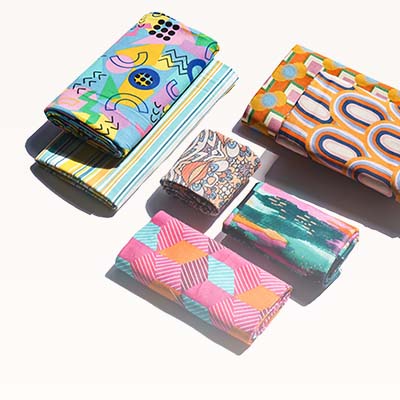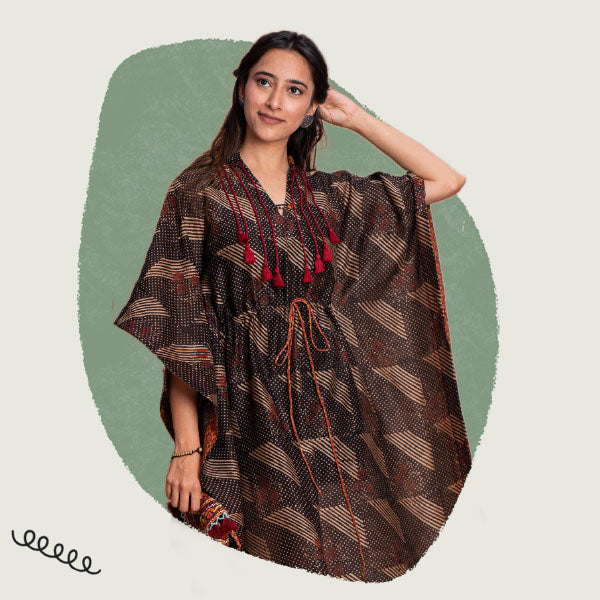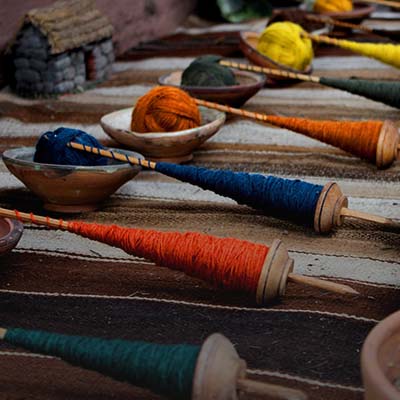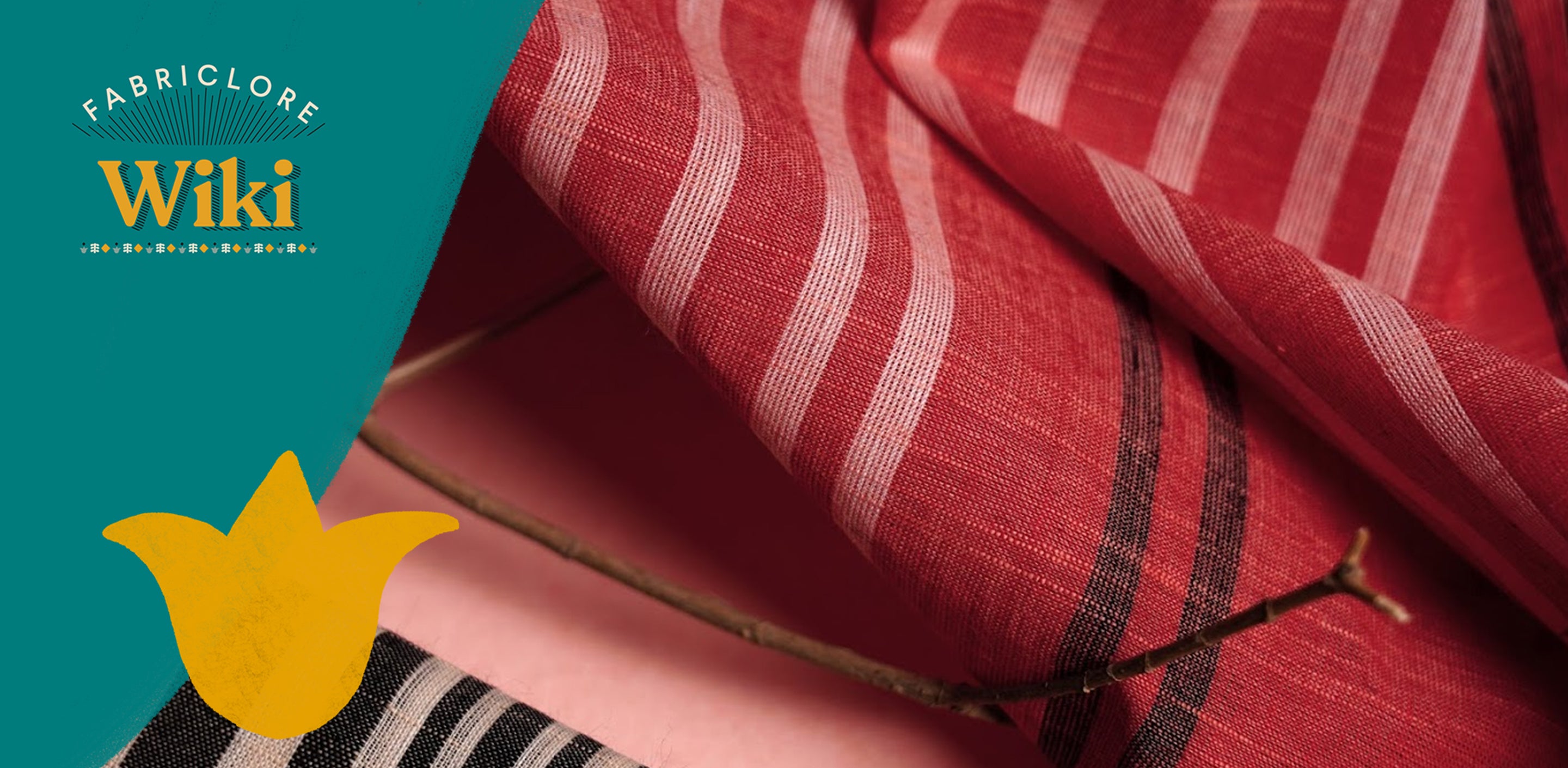What is Polyester Fabric?
- Polyester is a type of man-made fabric that comes from petroleum.
- This fabric is one of the most widely used materials in the world, and it is put to use in a huge variety of applications across a wide range of industries and consumer markets.
- It is an abbreviated term for a synthetic, man-made polymer that, as a particular substance, is most usually referred to as polyethylene terephthalate.
- Ethylene glycol and terephthalic acid are combined in the manufacturing process to produce it.

History
- In the laboratory of W.H. Carothers, polyester started off as a collection of different polymers.
- When Carothers made the discovery that fibers might be formed by effectively combining alcohols and carboxyl acids, he was working for DuPont at the time.
- The development of polyester, on the other hand, was pushed to the side after Carothers found nylon.
- In 1939, a group of British scientists named J.R. Whinfield, J.T. Dickson, W.K. Birtwhistle, and C.G. Ritchie continued the research that Carothers had started.
- Scientists developed the very first polyester fiber, which they named Terylene, in 1941.
- In 1946, DuPont bought all of the British legal rights and used them to make a new polyester material they called Dacron.
- Polyester was shown to the general populace of the United States for the very first time in 1951. It was sold as a miracle fabric that didn't need to be ironed for up to 68 days in a row but still made the person wearing it look nice.
- In 1958, Eastman Chemical Products, Inc. produced yet another kind of polyester fiber, which they named Kodel.
- The demand for polyester continued to develop. Because it was such a low-cost and long-lasting material, a slew of tiny textile mills sprang up all over the country; many of these mills were housed in decommissioned gas stations and produced low-cost polyester clothing.
- Sales of polyester kept going up steadily until the 1970s, when they started going down very quickly. This was because of the bad reputation that the famous polyester double-knit fabric had given the material in the late 1960s.
- Even though polyester is currently being manufactured as a luxury fiber in the form of polyester microfiber, it is still popularly held that polyester is a "cheap, unpleasant" fabric. However, this perception is starting to shift, even if it has only just begun.

What Makes it Stand Out
|
Texture |
Polyester, in contrast to many natural materials, does not have a highly luxurious feel; badly produced polyester might have a little gritty sensation on delicate skin. |
|
Durable |
Polyester fibers are very robust and do not break, stretch, or pill as readily as cotton and other naturally occurring fibers. |
|
Moisture - resistant |
As polyester fibers are resistant to the penetration of liquid droplets, fabrics made of polyester will wick away moisture rather than reabsorb it. |
|
Retaining its shape |
Polyester is resistant to wrinkles and will better keep its form, drape, and stiffness than linen and cotton fabrics, which may retain creases and need ironing. |
Applications & Usage
|
Clothing |
|
|
Bedsheets, duvet covers, table covers, etc. |
|
|
Footwear fillings, sewing threads, bags, etc. |
Innovations
- The recycling process underwent a significant modification throughout the course of the production of polyester fibers, which was a significant revolution.
- Recycled polyester, also known as rPET fibers, are fibers that have been manufactured using recycled polyester (PET) or clear plastic water bottles as the raw material.
- These fibers have given clothing makers a new source of material that is better for the environment and would have been thrown away in landfills before.
- For example, recycled polyester is widely utilized in the creation of fabrics such as fleece. This is the material of choice for outdoor clothing companies that care about their impact on the environment.
Care Instructions
- Before washing, clothes made of knitted polyester should have their insides turned out to avoid snags.
- Wash polyester in a machine with warm water and a detergent that can be used for a variety of fabrics.
- If required, use a bleach that contains chlorine. Static electricity may be reduced by using a fabric softener.
- If you soak white polyester fabric in a solution consisting of one-half cup of automatic dishwashing detergent and one gallon of warm water, the next day the cloth will seem even whiter.
- Dry the fabric in the dryer using the low temperature setting.
- Polyester will gradually shrink if you overdry it, so take care not to overdry it.
- Use steam or a setting with a moderate temperature setting for pressing polyester textiles.

We also happen to be a magnet for suggestions, and would love to catch yours….throw us yours on hello@fabriclore.com











Leave a comment
All comments are moderated before being published.
This site is protected by reCAPTCHA and the Google Privacy Policy and Terms of Service apply.